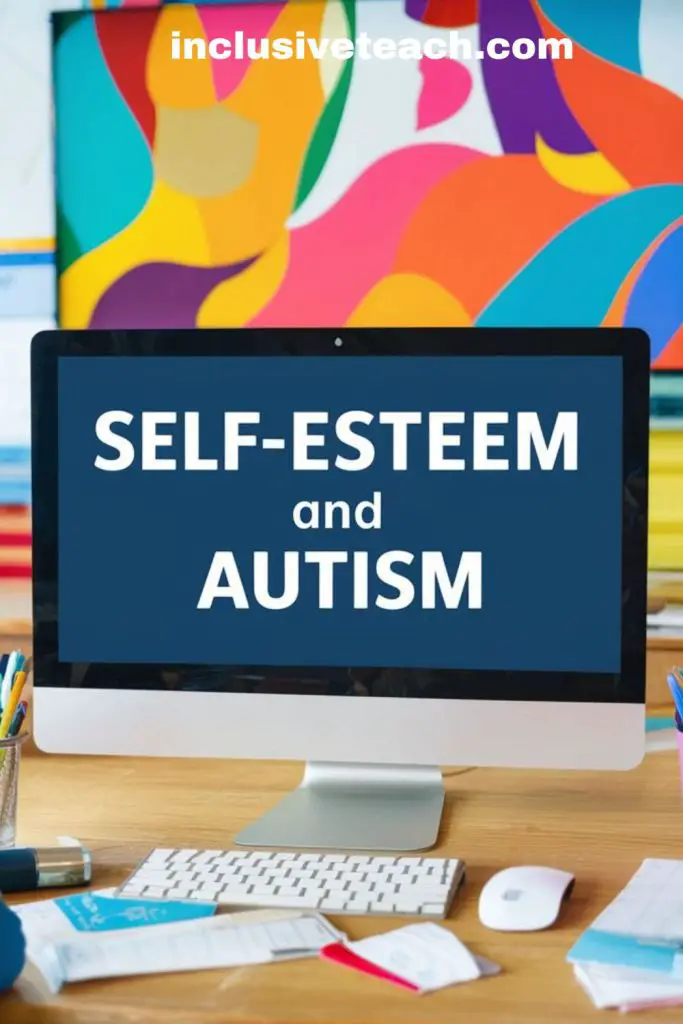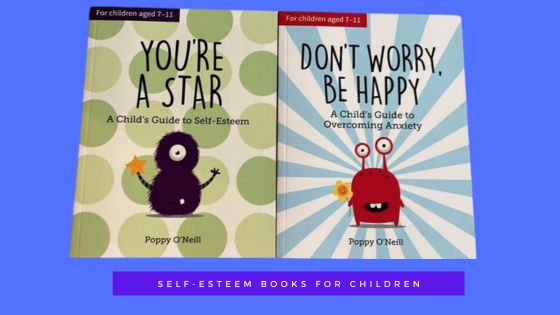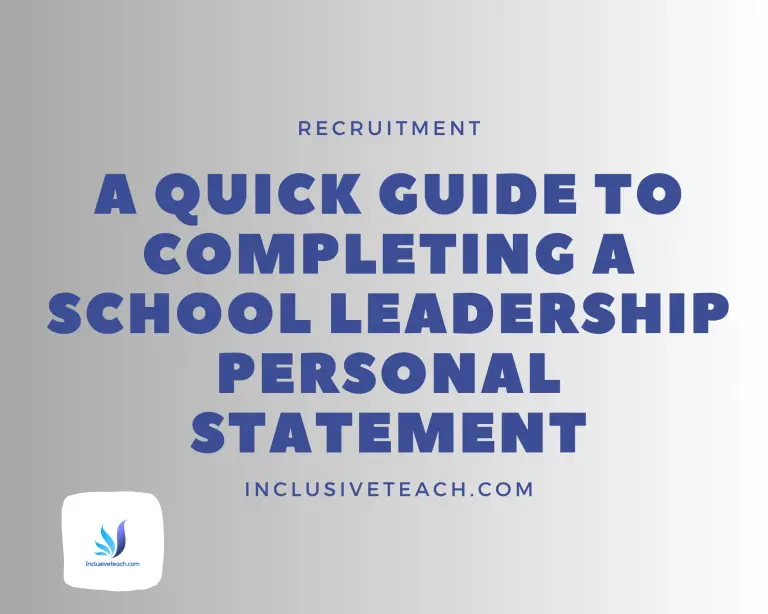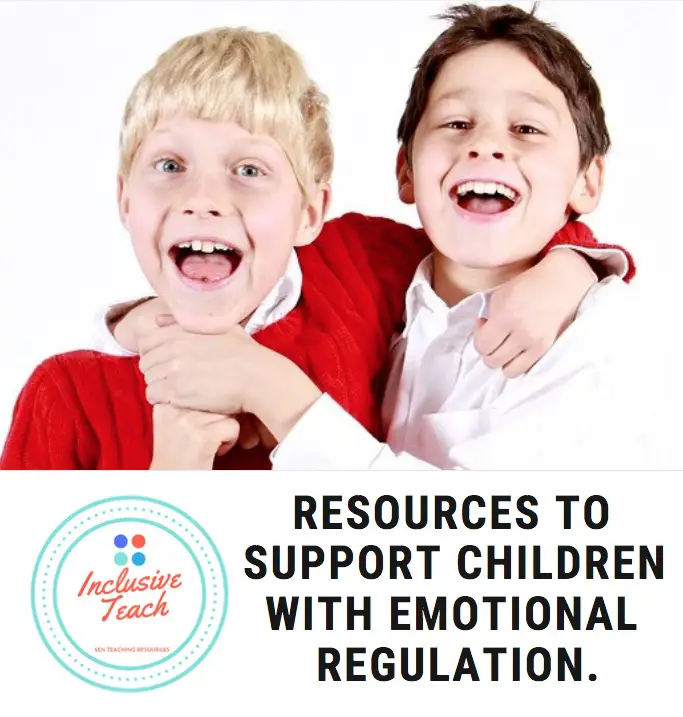Understanding Low Self-Esteem in Children: Behaviors and Support Strategies
Low Self-Esteem in Children
Self-esteem is crucial in a child’s emotional well-being and overall development. When children have low self-esteem, it can affect their behaviour, relationships, and academic performance. In this article, we explore the behaviours associated with poor self-esteem and provide practical ways to support children, including autistic children. We need to focus on Low self-esteem as it does appear to be predictive of co-occurring disorders like depression and externalizing behaviour, particularly in autistic young people. Explicit self-esteem is lower in youth with autism spectrum disorder (ASD) compared to typically developing peers.

What is the Difference Between Explicit and Implicit Self-Esteem?
When I was researching for this article I came across the distinction between Implicit and Explicit self-esteem. Understanding these distinctions helps us appreciate the complexity of self-esteem. People may express high explicit self-esteem while their implicit self-esteem tells a different story. Recognising both forms allows us to address self-esteem more comprehensively, especially when working with children or individuals facing behavioural challenges.
- Explicit Self-Esteem:
- Definition: Explicit self-esteem refers to a person’s conscious and reflective evaluation of themselves. It involves deliberate thought processes and self-assessment.
- How It’s Assessed: Explicit self-esteem is measured by considering what we say about ourselves. It involves our verbal expressions, self-perceptions, and conscious beliefs regarding our worth and abilities.
- Example: When someone says, “I am confident in my abilities,” they are expressing their explicit self-esteem.
- Implicit Self-Esteem:
- Definition: Implicit self-esteem operates at a more automatic, intuitive, and unconscious level. It reflects our spontaneous evaluation of ourselves.
- How It’s Assessed: Researchers gauge implicit self-esteem through automatic responses. For instance, they observe how we associate words with favourable or unfavourable connotations to ourselves without conscious deliberation.
- Example: Imagine a quick reaction where someone instinctively associates positive words (like “capable” or “worthy”) with themselves. This reflects their implicit self-esteem.
Behaviours Associated with Poor Self-Esteem
Children with low self-esteem may exhibit various behaviours or actions that can give you an insight into how they are feeling, for non-verbal pupils or those with speech language and communication needs we can sometimes only make informed guesses at why children are acting in certain ways. This is why a relational approach to behaviour can be more effective. Some common behaviours in pupils with low self-esteem include the following. It is worth looking at the wider context before deciding what is driving the behaviour.
6 Behaviours That May Indicate Low-Self Esteem
- Disruptive behaviours: Children may act out or constantly disrupt activities in an attempt to gain a sense of control over their environment. This can manifest as defiance, physical behaviours, or disruptive behaviour. They may seek attention through negative actions, believing that any attention is better than feeling invisible.
- Avoidance: Low self-esteem often leads to avoidance. Children may avoid challenging tasks, social interactions, or situations where they fear failure. We wrote an article on “Escape Behaviours” that goes into the topic in more detail. Avoidance perpetuates a cycle of missed opportunities and reinforces negative self-perceptions.
- Perfectionism: Some children with low self-esteem become perfectionists. They set unrealistically high standards for themselves and feel intense anxiety when they fall short. Fear of failure drives them to overwork or avoid tasks altogether.
- Negative Self-Talk: We find this a lot with pupils who have been excluded from mainstream school settings. Children internalise negative beliefs about themselves. They may constantly criticise their abilities, appearance, or worth. Negative self-talk becomes a self-fulfilling prophecy, affecting their confidence and motivation.
- Social Withdrawal: Low self-esteem often leads to social isolation. Children may struggle to make friends, fear rejection, or feel unworthy of positive relationships. Social withdrawal can exacerbate feelings of loneliness and sadness.
- Self-Sabotage: Children may unconsciously sabotage their success. They may procrastinate, forget important tasks, or undermine their efforts. Self-sabotage serves as a defence mechanism to avoid facing potential failure.
Support Strategies for Children with Low Self-esteem
When working with children, especially children with SEN, it’s essential to create a supportive environment that creates a space to explicitly work on self-esteem. Here are some strategies that can be effective, but they are only as effective as the person delivering them – I believe the success of children in education relies on the staff supporting them (Every Child needs a Champion!).
- Build a Positive Relationship: Establish trust and rapport with the child. Show genuine interest in their well-being, listen actively, and validate their feelings. A strong relationship provides a foundation for building self-esteem.
- Celebrate Effort, Not Just Results: Praise the child’s effort, persistence, and progress. Focus on the process rather than solely on outcomes. Encourage a growth mindset by emphasising that mistakes are learning opportunities. The learning journey is much more important that the outcomes at the early stages of education.
- Set Realistic Goals: Help children set achievable goals. Break down tasks into smaller steps, and celebrate each milestone. Gradual success boosts confidence and reinforces a positive self-image.
- Teach Coping Skills: Teach children healthy coping mechanisms for dealing with stress, disappointment, and setbacks. Breathing exercises, mindfulness, and positive affirmations can help manage negative emotions.
- Promote Social Skills: For children with autism, social skills training is crucial. Teach communication, empathy, and conflict resolution. Encourage participation in group activities to build social confidence.
- Provide a Safe Space for Expression: Allow children to express their feelings without judgment. Art, journaling, or role-playing can help them explore emotions and build self-awareness.
- Involve Parents and Caregivers: Collaborate with parents and caregivers to reinforce positive messages at home. Encourage open communication and provide resources for building self-esteem.

Building a Positive Relationship with Autistic Children
The first point above was about developing positive relationships. This was not the first point by accident – it is by far the most important. Rapport and trust are essential foundations for effective teaching and supporting self-esteem. I always write it as a positive relationship, which is far different from a friendship.
- Be Patient and Consistent: Autistic children often thrive in predictable environments. Consistency helps them feel secure. Be patient when they need extra time to process information or express themselves. Consistency in your interactions builds trust over time.
- Learn Their Communication Style: Autistic children may communicate differently. Some may use verbal language, while others prefer nonverbal methods like sign language, pictures, or gestures. Observe and adapt to their communication preferences. Show genuine interest in understanding their unique way of expressing themselves.
- Create a Structured Environment: Autistic children benefit from routines and clear structures. Create a visual schedule or use visual cues to help them anticipate what comes next. Predictability reduces anxiety and fosters trust.
- Use Positive Reinforcement: Celebrate small achievements. Praise their efforts, even if the outcome isn’t perfect. Positive reinforcement encourages them to try new things and boosts their self-esteem. For example, say, “Great job sharing your toy!” or “I noticed how well you waited in line.”
- Practice Active Listening: When they communicate, listen attentively. Show empathy and validate their feelings. Reflect on what they’ve said to let them know you understand. For instance, “I hear that you’re feeling frustrated because the noise is too loud.”
- Respect Their Sensory Needs: Autistic children often have sensory sensitivities. Be aware of their triggers (such as bright lights, loud noises, or certain textures) and create a sensory-friendly environment. Adjust your interactions accordingly to make them feel comfortable.
- Engage in Shared Interests: Find activities or topics that genuinely interest them. Shared interests provide common ground for bonding. Whether it’s a favourite toy, a specific topic, or a hobby, engage in activities that captivate their attention.
- Be Nonjudgmental: Accept them for who they are. Avoid judgment or criticism. Autistic children may have unique behaviours or preferences. Instead of correcting or changing them, embrace their individuality. For example, acknowledge without judgment if they demonstrate repetitive behaviours or stimming.
- Use Visual Supports: Visual aids, such as social stories, visual schedules, or emotion charts, help autistic children understand expectations and emotions. Visual supports enhance communication and reduce anxiety.
- Celebrate Autistic Strengths: Every child has strengths. Focus on their abilities rather than deficits. Autistic children often excel in specific areas, such as attention to detail, creativity, or memory. Celebrate these strengths to boost their self-esteem.
- Encourage Independence: Provide opportunities for autonomy. Let them make choices within safe boundaries. Independence fosters confidence. For instance, allow them to choose their snack or decide which game to play.
- Be Mindful of Overstimulation: Autistic children may become overwhelmed by sensory input. Monitor their cues (such as covering their ears or avoiding eye contact) and adjust the environment accordingly. Offer breaks when needed.
Conclusion
Poor self-esteem affects children profoundly, impacting their behaviour and overall well-being. As educators, parents, and caregivers, we play a vital role in helping children develop a positive self-image. By understanding their struggles and implementing effective strategies, we can create a nurturing environment where every child feels valued and capable.
Whilst I haven’t fully referenced this article I have based the content on several studies:
Bos, A. E., Huijding, J., Muris, P., Vogel, L. R., & Biesheuvel, J. (2010). Global, contingent and implicit self-esteem and psychopathological symptoms in adolescents. Personality and Individual Differences, 48(3), 311-316. https://doi.org/10.1016/j.paid.2009.10.025
Boyer, B. E. (2020). Explicit and implicit self-esteem in youth with autism spectrum disorders. Autism. https://doi.org/10.1177/1362361320961006
Furlano, R., Kelley, E. A., Hall, L., & Wilson, D. E. (2015). Self-perception of competencies in adolescents with autism spectrum disorders. Autism Research, 8(6), 761-770. https://doi.org/10.1002/aur.1491






